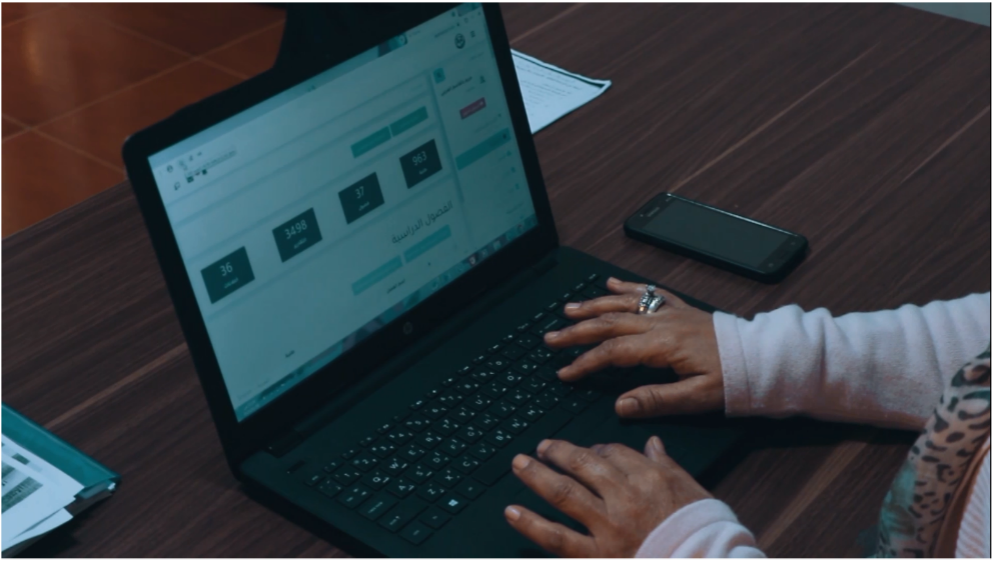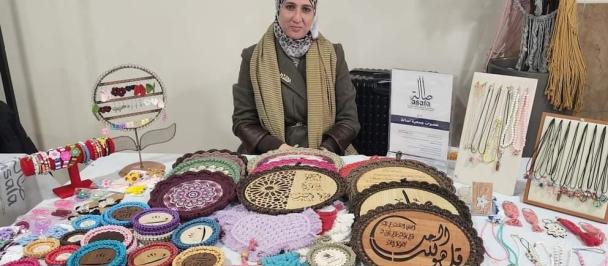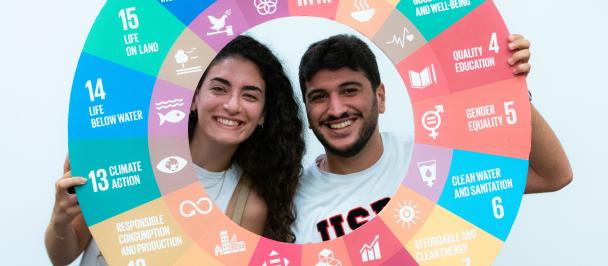Increasing digital safety online while promoting Human Rights
July 10, 2023

You have heard it before. Digital technology is a double-edged sword. Digital spaces and technologies can expand avenues for youth participation in democratic processes, facilitate dialogue with decision-makers, and support civic activism. At the same time, it can be misused to limit civic space and undermine human rights.
If our goal is to enhance credible and inclusive democratic processes responsive to the needs of young people – how can digital technology help us?
How can we ensure that digital technologies leave no one behind and what guardrails need to be put up to address human rights concerns?
These questions are at the core of the Tech for Democracy project, funded by the Government of Denmark, and the Sustaining Peace During Electoral Processes (SELECT) project, funded by the European Union.
Mohamed, a youth leader and focal point for the global youth caucus on SDG 16, is making waves working on youth activism, elections and digital technology in Libya. Yet, as he points out, youth in the Global South face obstacles to having their voices heard. Mohamed discusses the opportunities and challenges shaping youth activism and youth inclusion in the age of technology.
Digital technology, from his experience, has contributed to inclusion, particularly for marginalized communities and persons with disabilities. According to Mohamed, there are several youth sensitive digital technologies available at the global level, which can enhance democratic institutions and promote online safety and responsible digital citizenship. Examples include the ICT 4 Peace platform for policy and capacity building, and the Generation Connects platform, which encourages young people to participate in digital technologies for peace and development. Such platforms have further limited the costs associated with participation.
As Mohamed highlights, young people usually suffer to get visas to participate in international events, and the cost of international travel is often quite high. However, during the pandemic, there were more opportunities for marginalized groups to participate in international events since there was no cost for international travel and no restrictions on visas. This allowed young people from all countries to participate in decision-making activities and events.
“Lack of infrastructure and high costs in Libya [continue to] hamper young people's ability to leverage digital technology…”
An additional challenge identified by Mohamed is that he has seen many young people feeling unsafe on social media platforms due to cyberbullying and online harassment. The flipside to this, however, is that online activism allows for sharing of ideas and opinions more anonymously, limiting the fear of persecution.
In his daily work, Mohamed applies a combination of both online and offline activism. Offline activism allows for direct interaction with people, which is crucial in humanitarian settings. However, online activism can reach a broader audience. Moreover, according to Mohamed, the added value of digital technology lies in its ability to reach and teach youth about their rights, including their rights in the civic space or where it concerns political participation.
Weighing the opportunities and challenges, what would Mohamed advise? A multi-stakeholder approach is key. In his own words, “stakeholders and partners can work together to promote human rights and security online by promoting responsible digital technologies…”. He specifically cites the UN Secretary General’s roadmap on Digital Cooperation launched in 2020 as a useful framework for promoting responsible digital technologies and promoting human rights and internet security online.
One key stakeholder to include is youth. From field experience, Mohamed testifies that digital technologies are essential for amplifying youth voices. Furthermore, he emphasizes the importance of youth engagement in achieving peace and development.

 Locations
Locations


